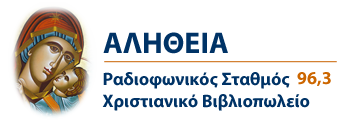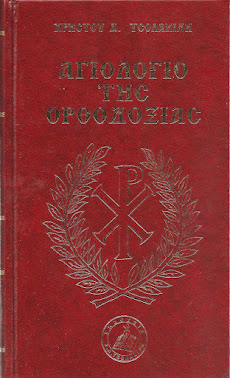In the first act, she was born Lisa Pilenko into a prosperous aristocratic family in Russia. In this life she was a distinguished poet and a committed political activist who married twice, first to a Bolshevik whom she eventually divorced, later to an anti-Bolshevik, from whom she was later separated. During the revolutionary upheaval, she served as mayor of her hometown, in the process risking persecution from both the Left and the Right.
In 1923, with her three young children she joined the throng of refugees uprooted by revolution and civil war and made her way to Paris. Soon after her arrival, her youngest daughter, Nastia, died of meningitis. The impact of this loss initiated a profound conversion. She emerged from her mourning with a determination to seek “a more authentic and purified life.” She felt she saw a “new road before me and a new meaning in life, . . . to be a mother for all, for all who need maternal care, assistance, or protection.”
In Paris she became deeply immersed in social work among the destitute Russian refugees. She sought them out in prisons, hospitals, mental asylums, and in the back streets of the slums. Increasingly she emphasized the religious dimension of this work, the insight that “each person is the very icon of God incarnate in the world.”
With this recognition came the need “to accept this awesome revelation of God unconditionally, to venerate the image of God” in her brothers and sisters. She was encouraged by her bishop to become a nun, but she would take this step only on the assurance that she would be free to develop a new type of monasticism, engaged in the world and marked by the “complete absence of even the subtlest barrier which might separate the heart from the world and its wounds.”
In 1932 she made her monastic profession and became Mother Maria Skobtsova, thus beginning the “second act” in her drama. Instead of confining herself to a monastic enclosure, she took a lease on a house in Paris, large enough to include a chapel, a soup kitchen, and a shelter for destitute refugees. Her “cell” was a cot in the basement beside the boiler. As she wrote, “At the Last Judgment I shall not be asked whether I was successful in my ascetic exercises, nor how many bows and prostrations I made. Instead I shall be asked, Did I feed the hungry, clothe the naked, visit the sick and the prisoners.”
Her house became a center not only for the works of mercy but for the renewal of Orthodoxy. While her kitchen was crowded with the down and out, her drawing room was the scene of spirited discussions among the leading emigré intellectuals of Paris.
Out of these discussions a new movement was born, Orthodox Action, committed to realizing the social implications of the gospel. As Mother Maria explained, “The meaning of the liturgy must be translated into life. It is why Christ came into the world and why he gave us our liturgy.”
The third and shortest act of Mother Maria’s life began with the German occupation of Paris in 1940. In the context of Nazi racism, her commitment to seek out and revere each person as the icon of God assumed a deliberately subversive meaning. Aside from her usual work of hospitality, she was aided by her chaplain, Father Dimitri Klépinin, in rescuing Jews and other political refugees.
These efforts, linked to the organized Resistance, continued until they were arrested by the Gestapo in 1943. Father Dimitri and Maria’s son Yuri died in Buchenwald. Maria was sent to Ravensbruck concentration camp, where she managed to live for almost two years under conditions of indescribable cruelty and horror. Though stripped of her religious habit, she remained the nurturing mother, strengthening the faith and courage of her fellow prisoners and helping to keep alive the flame of humanity in the face of every calculated assault.
In becoming a nun Maria had said, “I think service to the world is simply the giving of one’s own soul in order to save others.” Now in her hunger, illness, and exposure to the elements, she found the ultimate destination of her vocation. In light of the redemptive suffering of Christ she found a meaning to her own suffering.
As she wrote in a message smuggled out of the camp, “My state at present is such that I completely accept suffering in the knowledge that this is how things ought to be for me, and if I am to die I see in this a blessing from on high.”
As she hovered close to death, she composed a final mute expression of her spirituality. With a needle and thread, purchased at the price of her precious bread ration, she embroidered an icon of Mary holding the infant Jesus, the child already bearing the wounds of the cross.
On the eve of Easter, March 31, 1945, days before the liberation of the camp by Russian troops, Mother Maria perished in the gas chamber of Ravensbruck.
— Robert Ellsberg, All Saints: Daily Reflections on Saints, Prophets, and Witnesses for Our Time. New York: Crossroad Publishing Company. Kindle Edition.
Ref: S. Stratton Smith, The Rebel Nun (Springfield, Ill.: Templegate, 1965); Sergei Hackel, Pearl of Great Price: The Life of Mother Maria Skobtsova (Crestwood, N.Y.: St. Vladimir’s Seminary Press, 1981).
* * *











Δεν υπάρχουν σχόλια:
Δημοσίευση σχολίου